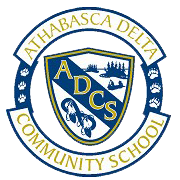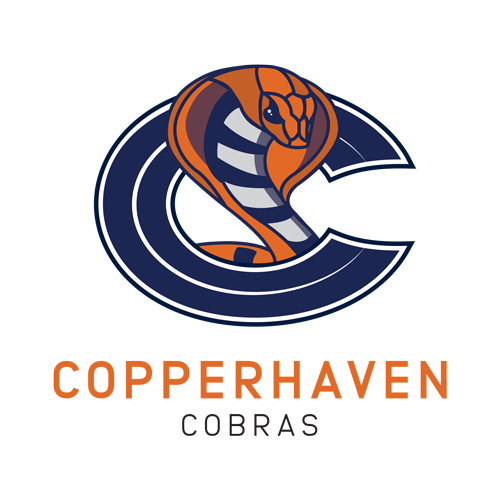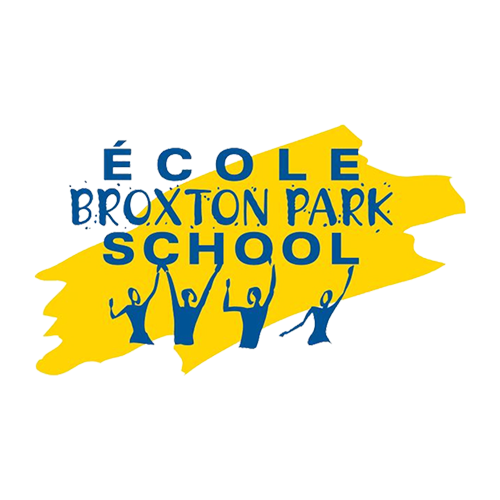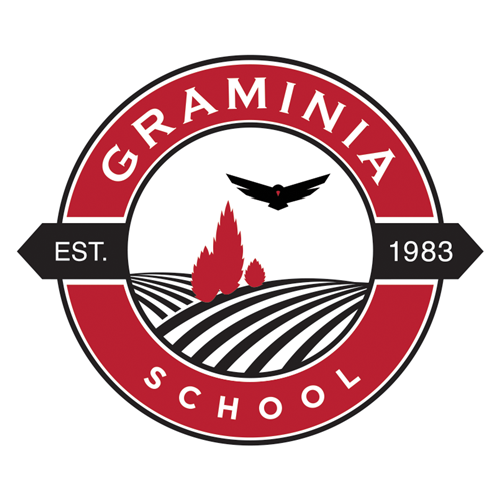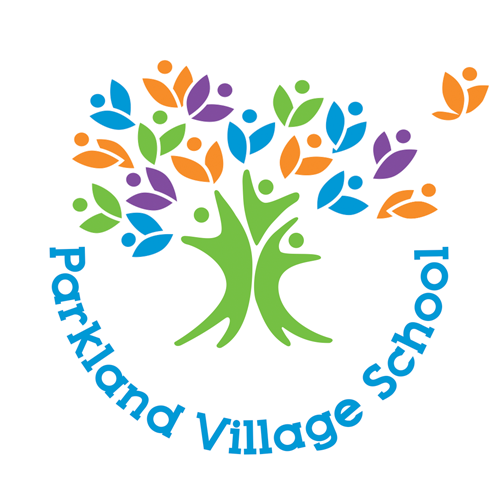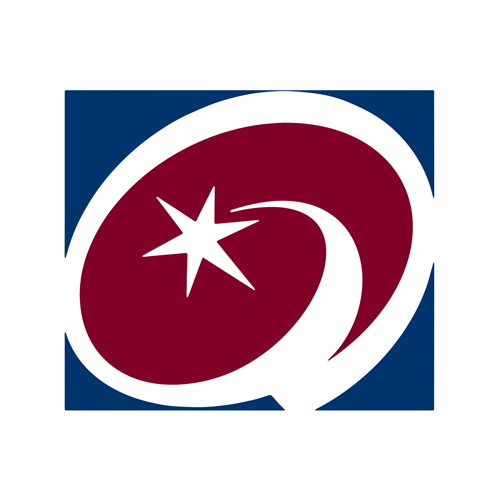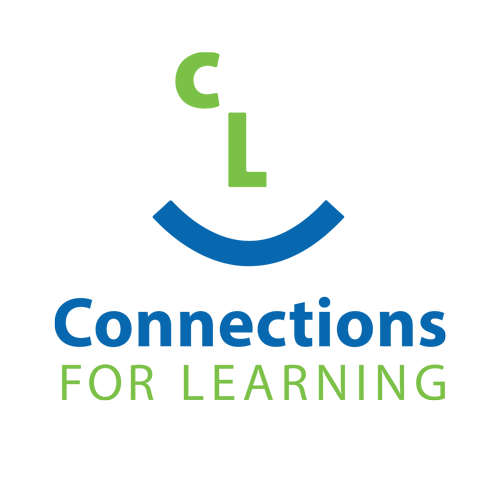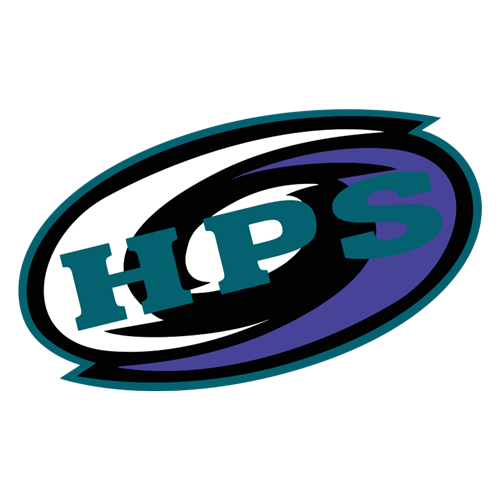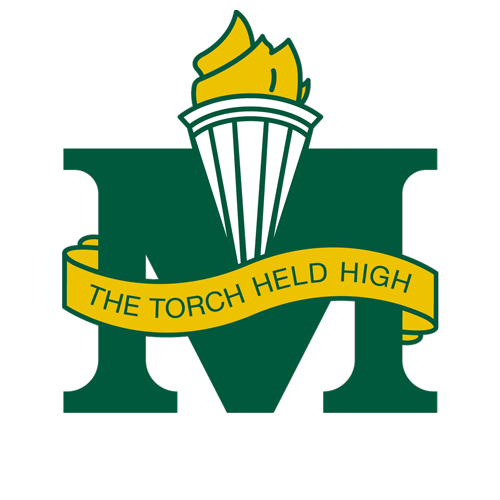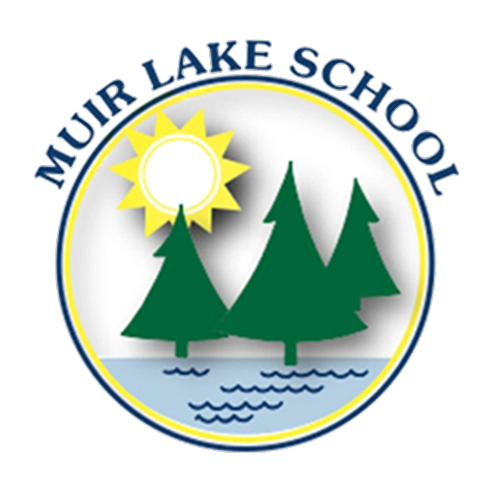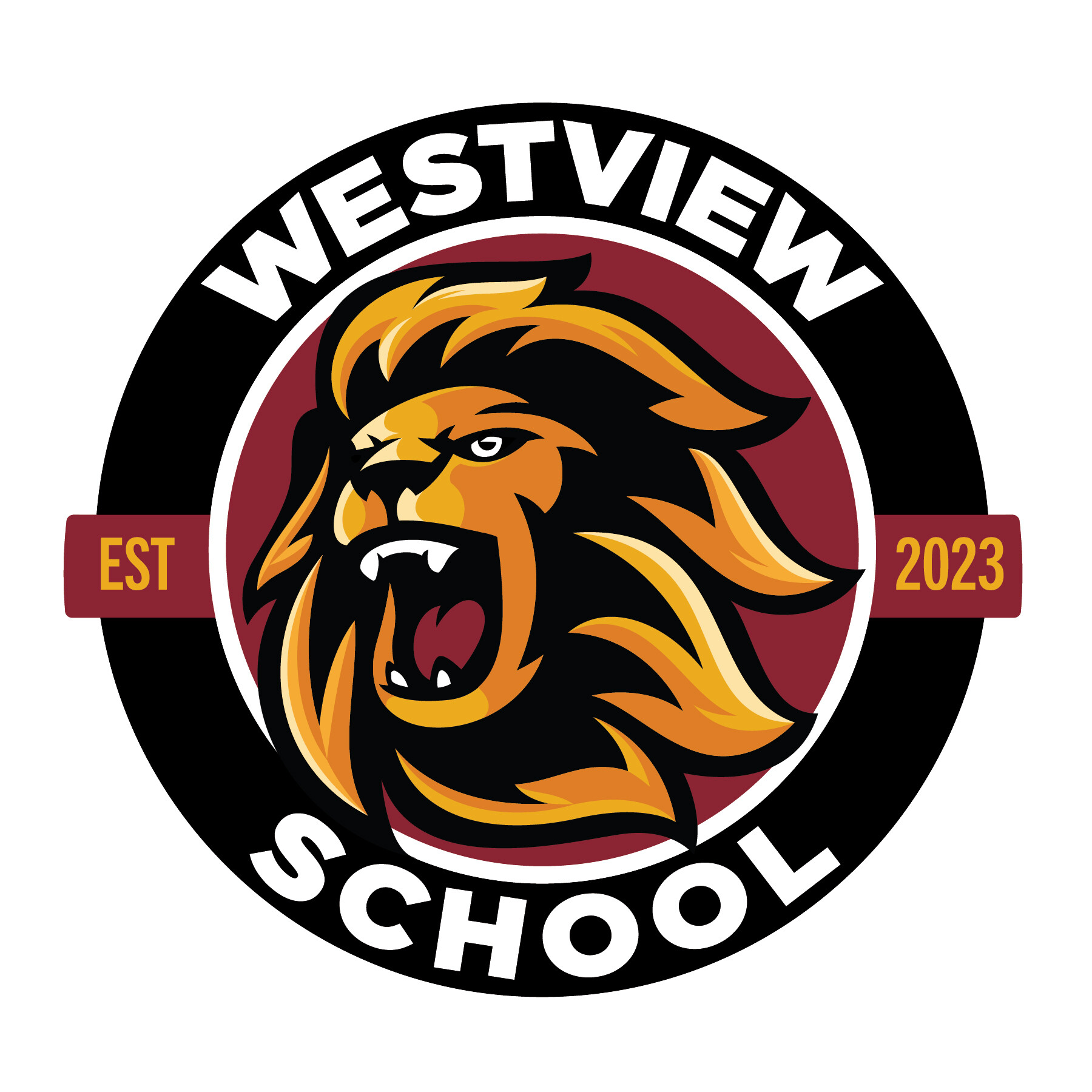AP 202: Instruction, Assessment, Evaluation and Reporting
Instruction & Assessment
Background
A teacher’s assessment processes primarily serve to collect data on student progress, enhancing both teaching and learning practices. Evaluation, on the other hand, focuses on making informed judgments using this collected data. Finally, reporting aims to communicate the results of these evaluations to students and parents, detailing student performance in relation to the objectives of each program of study.
Definitions
a) Assessment: Shall refer to the process of collecting information on student performance that includes a variety of assessment tasks; notably:
a. Formative Assessment: Shall refer to assessment that informs teaching and learning. The purpose of formative assessment is to elicit evidence of learning and to inform the teacher and student of next steps to move the learning forward.
b. Summative Assessment: Shall refer to evidence that provides information about student achievement at the end of a period of instruction or learning outcome; summative assessments inform evaluation and reporting.
b) Evaluation: Shall refer to the teacher’s process of analyzing and interpreting assessment data to make judgments about student performance; evaluation involves determining the extent to which a student has achieved the learning outcomes, guiding subsequent teaching strategies, and making decisions about student progression and achievement.
c) Feedback: Shall refer to specific information, provided to parents and students, in relation to the predetermined criteria of a classroom assessment or learning task, intended to improve learning.
d) Indicator and/or Descriptor: Shall refer to a summary statement of student achievement relative to learning outcomes in the Alberta Programs of Study. Examples may include, but are not limited to, letters, numbers, percentages or words. Indicators are used to provide a measurement for how well a student meets the expected learning outcomes.
e) Learning Outcomes: Shall refer to the specific, detailed, learning expectations that are outlined in the Alberta Programs of Study (the Provincial curricula).
f) Programming Accommodations:
a. Adapted Program: Shall refer to changes to the delivery of instruction or assessment methods to help students achieve the standard curriculum goals. The key aspect is that the learning objectives remain the same as for other students
b. Modified Program: Shall refer to changes to the curriculum content and learning expectations. The learning objectives are different and tailored to meet the unique needs of the student.
g) Reporting: Shall refer to the process of communicating the results of evaluations to students, parents, and other stakeholders; reporting provides a comprehensive overview of a student’s progress and achievement in relation to the curricular goals and learning outcomes, offering insights into strengths, areas for improvement, and future learning goals.
Assessment, Evaluation and Reporting Principles
Actions related to assessment, evaluation and reporting progress shall be taken in consideration of the following principles:
A. Principals shall employ strategies to ensure the development of a quality student assessment environment, designed to improve both teaching and learning.
B. Effective formative assessment practice informs the teaching and learning process, through the use of timely, specific and constructive feedback.
C. Students shall be actively involved in the formative assessment process.
D. Students shall have the opportunity to demonstrate their learning in a variety of ways, formatively AND summatively, throughout the assessment process.
E. Teachers shall differentiate instruction as required, providing targeted support, and creating an environment that values and leverages each student’s strengths and diversity.
F. Teachers shall recognize and demonstrate that the purpose of learning tasks is to demonstrate learning for the purpose of assessment and, therefore, shall ensure that the student’s academic load is appropriately matched to the outcome expected.
G. Families shall respect the role and responsibility of the teacher; notably that while teachers will strive to support students who miss class, it is important for families to recognize that teachers cannot create individualized plans for extended absences (i.e., vacations); the student shall be responsible for missed learning.
H. Teachers shall strive to utilize culturally responsive, bias-free assessments that are respectful of student differences and reflective of the diverse student population.
I. Effective evaluation practices are well-aligned to the objectives of the programs of study and, therefore, a student’s achievement shall be reported in relation to learning outcomes
J. Assessment shall be an ongoing, valid, and an investigative process, in which the teacher collects evidence to inform the teacher’s professional judgement of a student’s learning at a given point in time.
K. Teachers shall apply the instructional methods they deem most effective for the curricular objectives, and students' learning needs.
L. Teachers shall demonstrate engagement in career-long professional learning and ongoing critical reflection to improve teaching and learning.
The Teaching Quality Standard
1. The Teacher shall be expected to fully adhere to all requirements within the Alberta Teaching Quality Standard; notably
1.1. The Teacher shall build positive and productive relationships with students, parents/guardians, peers and others in the school and local community to support student learning [Teaching Quality Standard 1];
1.2. The Teacher shall engage in career-long professional learning and ongoing critical reflection to improve teaching and learning [Teaching Quality Standard 2];
1.3. The Teacher shall apply a current and comprehensive repertoire of effective planning, instruction, and assessment practices to meet the learning needs of every student [Teaching Quality Standard 3];
1.4. The Teacher shall establish, promote and sustain inclusive learning environments where diversity is embraced and every student is welcomed, cared for, respected and safe [Teaching Quality Standard 4];
1.5. The Teacher shall develop and apply foundational knowledge about the diverse First Nations, Métis and Inuit histories and people, for the benefit of all students [Teaching Quality Standard 5]; and
1.6. The Teacher shall demonstrate an understanding of, and adherence to, the legal frameworks and policies that provide the foundations for the Alberta education system [Teaching Quality Standard 6].
Student and Parent Responsibilities for Learning
2. The Education Act identifies the learning responsibilities of the student (s. 31) as follows:
2.1. Students shall attend school regularly and punctually (Education Act s. 31(a));
2.2. Students shall be ready to learn and actively engage in and diligently pursue the student’s education (Education Act s. 31(b));
2.3. Cooperate with everyone authorized by the Board to provide education programs and other services (Education Act s. 31(g)); and
2.4. Students shall positively contribute to the student’s school and community (Education Act s. 31(f)).
3. The Education Act identifies the learning responsibilities of the parent (s. 32) as follows:
3.1. Parents shall act as the primary guide and decision-maker with respect to the child’s education (Education Act s. 32(a));
3.2. Parents shall take an active role in the child’s educational success, including assisting the child in complying with section 31 (Education Act s. 32(b));
3.3. Parents shall ensure that the child attends school regularly (Education Act s. 32(c));
3.4. Parents shall cooperate with school staff to support the delivery of supports and services to the child (Education Act s. 32(e));
3.5. Parents shall encourage, foster and advance collaborative, positive and respectful relationships with teachers, principals, other school staff and professionals providing supports and services in the school (Education Act s. 32(f)); and
3.6. Parents shall engage in the child’s school community (Education Act s. 32(g)).
Planning, Designing and Delivering Learning Activities (Teacher Pedagogy)
4. All instructional methods and content shall align with the learning outcomes and objectives as outlined in the Alberta Programs of Study and, moreover, shall ensure that the integrity and intentions of the Alberta Programs of Study are maintained.
5. The Teacher shall make available, to school administration, short, medium and/or long-range plans, as requested by the Principal.
6. The Teacher shall plan to incorporate, and shall deliver, a range of instructional strategies, including the appropriate use of digital technology, according to the context, content and desired learning outcomes, and according to the learning needs of students.
7. The Teacher shall communicate, to students and parents, high expectations for all.
8. The Teacher shall consider relevant local, provincial, national and global contexts and issues, when planning and delivering learning.
9. Teacher plans and learning activities shall facilitate the development of students’ collaborative capacity.
10. The Teacher shall consider all student variables in planning and delivering learning, including:
10.1. Providing an equal opportunity to demonstrate success, in full consideration of diverse learning styles, needs, and backgrounds, and ensuring that every student can engage with the material in meaningful ways; and
10.2. The students’ demographic background, social factors, economic factors, maturity, prior learning, cultural and linguistic background, emotional and mental health, and physical, social, and cognitive ability; notably,
10.2.1. The Teacher shall consider the lesson requirements for students as they relate to the interpersonal complexity of student groups;
10.2.2. The Teacher shall utilize instructional strategies to engage students in meaningful learning activities, based on an understanding of the students’ backgrounds, prior knowledge and experiences, and on the specific knowledge of how students develop as learners;
11. Teachers shall ensure that lesson plans consider the continuous development of skills in literacy and numeracy, regardless of program.
12. Teachers shall participate in ongoing professional development to stay informed of effective educational strategies and research that may positively inform their practice.
13. Teachers shall demonstrate responsibility and accountability for the educational outcomes of their students through regular and effective assessment practices (both formative and summative).
14. Teachers shall engage in self-reflective practice, including the ongoing self-assessment of the teacher’s methods, and shall engage in collaborative feedback, including principal, parent, peer, and student feedback, to guide further improvement.
Assessment and Evaluation
15. Teachers shall adhere to the Parkland School Division Standards and Criteria (Schedule 202A); notably:
15.1. Assessment shall occur through the ongoing process that involves collecting information about a student's performance in relation to the expected learning outcomes, and through a range of tasks specifically designed to demonstrate a student's learning effectively;
15.2. Teachers shall employ multiple methods (formative and summative) to gather evidence of learning, and this triangulation approach may include observations of students, discussions with students, and analysis of students’ work products; the intended purpose of which is to get a comprehensive and accurate understanding of each student's learning progress; and
15.3. Teachers shall continuously review and adjust assessment methods to ensure they are effective and appropriate for the learning objectives, and shall determine whether the chosen method of assessment aligns well with the nature of the learning task and effectively measures what it is intended to measure.
16. The Teacher shall ensure that evaluation, as a professional judgment about a student’s achievement and performance, and aligned to the expected outcomes, is based on:
16.1. A valid and effective weighting of demonstrated learner outcomes;
16.2. Appropriate programming;
16.3. Clearly stated curricular or individualized education plan outcomes and criteria;
16.4. The use of a variety of assessment strategies;
16.5. Direct evidence of student work; and
16.6. The student’s most valid level of achievement, in consideration of consistency, and recency as demonstrated toward the expected learner outcomes.
Assessment and Assignment Completion
Teachers utilize learning tasks to evaluate student performance across the Programs of Study.
17. Teachers shall clearly articulate learning objectives, curriculum standards and assessment criteria at the beginning of each term and unit.
18. Students are expected to complete the learning tasks as assigned and/or as differentiated by the teacher; notably,
18.1. Assignments shall be solely assessed based on the expectations (rubric) for the assignment;
18.1.1. Grade reduction for late assignments is not permissible.
18.2. Teachers shall set reasonable due dates for assignments, and assignments are due on the date expected;
18.2.1. Schools shall communicate the school procedure for unfinished or absent learning tasks;
18.2.2. Students, with the assistance of parents and/or guardians, may collaborate with teachers, on the due date or shortly thereafter, to determine an acceptable date for unfinished assignments past the date due;
18.2.3. Students who fail to meet reasonable expectations for an assignment’s completion, in consideration of s. 18.2.2., shall expect that the assignment is marked incomplete and may, therefore, receive an assignment grade of zero.
Provincial Achievement Tests and Diploma Examinations
19. The weighting of Diploma Examinations shall be set at 30%, as set by the province.
20. The weighting of Grade nine (9) Provincial Achievement Tests shall be set at 20%.
21. The weighting of Grade six (6) Provincial Achievement Tests shall be set at 10%.
22. Students who are absent from the writing of a Diploma Examination may communicate with the school to apply for a provincially approved deferment or exemption.
23. Provincial Achievement Test exemptions may be provided, as approved by the Superintendent or designate, for special circumstances, including, but not limited to, medical conditions, special education requirements, or extraordinary personal circumstances that would otherwise prevent a student from writing; however,
23.1. Families will be encouraged to make alternate arrangements for the completion of exams as possible to do so.
24. With respect to s. 23, above, the Principal may waive the school weighting of individual provincial achievement tests, as deemed justifiably reasonable to do so.
Reporting and Communication
25. Teachers shall communicate, to parents, student learning in relation to learning outcomes;
25.1. Parents shall be made aware of the instructional grade level of programming, and that, with respect to specialized requirements, this may not align with student’s enrolled grade level and may not be uniform across subject areas;
25.2. Indicators of progress shall be made in relation to the student’s instructional grade level; and
25.3. Communication of student performance may be made in relation to non-academic areas such as work habits.
26. On-going communication between home and school (eg.; phone calls, email) shall include the provision of regular and timely access to information about student achievement; (eg.; online access, multiple opportunities for learning conferences with students, parents and teachers, interim reports, and/or portfolio development).
27. There shall be provision for at least two (2) conferences during each school year (K-9) and one (1) per high school semester.
28. Information regarding assessment, evaluation, and reporting shall be accessible to all students and parents.
29. The report card is a legal document intended to communicate the summative evaluation to students and parents:
29.1. The report card is an important document that captures a student’s academic history and transition throughout their schooling;
29.1.1. Final term report cards for each year are maintained within a student’s permanent record.
29.2. The standardized Parkland School Division report card shall be used when reporting individual student achievement of learning outcomes.
29.2.1. Within a modified curriculum, the report card shall communicate the student’s achievement respective to the grade in which programming is provided. For instance, a student in grade three receiving modified grade one programming, shall have progress reported at a level relative to the grade one standards.
29.2.2. Within an adapted curriculum, the report card shall communicate the student’s achievement respective to the grade in which the student is enrolled. For instance, a student in grade three receiving an adapted grade three program, shall have progress reported at a level relative to the grade three standards.
30. For those students that require programming with respect to disability, specific skills, daily living skills or self-regulating skills, teachers may report achievement of learning goals within an Individualized Education Plan, addendum or behaviour support plan.
30.1. In the rare event that a student’s entire program is modified where the student is not on a graded curriculum, student progress shall be reported on the student’s IEP, the report card, or a combination thereof.
31. Each K-9 student shall receive a summary report (final report card) at the conclusion of each school year, and High school students shall receive a report at the end of each term; notably
31.1. Summary reports shall be maintained in the student’s permanent file.
31.2. Students in grades seven (7) through twelve (12), shall receive report cards with percentage-based indicators, according to schedule 202A; and
31.2.1. Middle-years schools (Grades five (5) through nine (9)) shall receive report cards with percentage-based indicators;
31.3. Grades Kindergarten through six (6) shall receive report cards with achievement indicators, according to schedule 202A.
31.4. For grades seven (7) through twelve (12), a final grade of 90% or greater will be recognized as received “With Distinction.”
32. Reports may take the form of the following:
32.1. Email communication to parents/guardians to indicate that a reporting period has ended and that comments and student achievement are available through the online parent/student communication portal (ie. Powerschool);
32.2. Email communication that includes a document of student achievement;
32.3. A printed document of student achievement, as requested by the parent, guardian or independent student.

